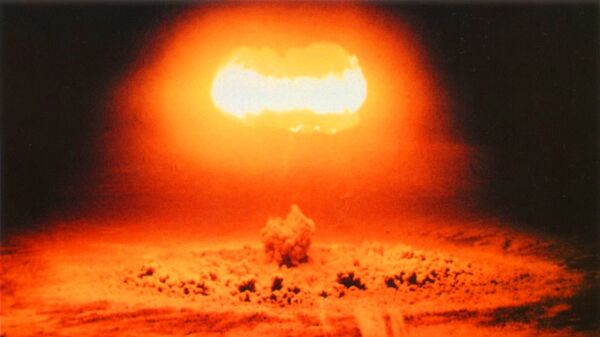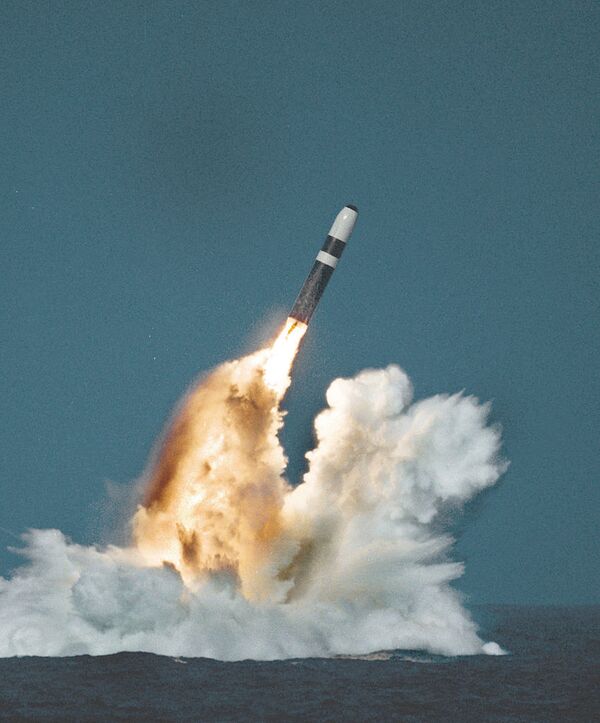Under US President Donald Trump, billions of dollars have been pumped into revamping the US nuclear arsenal and introducing new nuclear weapons into the stockpile, while the US has withdrawn from, or done nothing to stop the expiration of, key arms limitation treaties designed to reduce the risk of nuclear war. According to a recent report by the Wall Street Journal, Biden intends to conduct a critical and thorough review of those weapons programs and to reverse course on at least one treaty: the New Strategic Arms Reduction Treaty (New START), which expires just 16 days after his inauguration.
According to the report, some of the programs Biden will review include the Ground Based Strategic Deterrent (GBSD), which aims to replace the aging Minuteman III intercontinental ballistic missile (ICBM); the Long-Range Standoff Weapon (LRSO), a nuclear-tipped cruise missile currently in development; and a proposed sea-launched cruise missile. Other weapons include the US’ largest nuclear warhead, the B83-1; and its smallest, the W76-2, as well as the W93. The latter two are new, introduced by the Trump administration for ballistic missile submarines.
The costly programs are expected to total in the hundreds of billions of dollars, with the GBSD rocket costing $264 billion by itself, not including the new warhead it will require. However, supporters say the weapons are needed to replace older systems soon to become obsolete, including the Minuteman III and the AGM-86 nuclear cruise missile.
The W76-2 aroused particular ire when it was proposed following the 2018 Nuclear Posture Review. With an explosive yield of just 5-6 kilotons, critics fear it could make the use of nuclear weapons more likely, which could set off a cataclysmic chain of events. Lawmakers attempted to block funding for its development, but it nonetheless entered service earlier this year.
The fear proved to be more than idle when the US Joint Chiefs of Staff accidentally published an unclassified internal document in June 2019 that revealed its outline for how to introduce nuclear weapons into non-nuclear conflicts.
“Employment of nuclear weapons can radically alter or accelerate the course of a campaign,” the document noted. “A nuclear weapon could be brought into the campaign as a result of perceived failure in a conventional campaign, potential loss of control or regime, or to escalate the conflict to sue for peace on more-favorable terms. The potential consequences of using nuclear weapons will greatly influence military operations and vastly increase the complexity of the operational environment.”
Recent articles in Defense News and the Brookings Institution think tank have called for the incoming Biden administration to issue a new Nuclear Posture Review in order to assess “how the Trump administration’s internal nuclear policy decisions have negatively affected possible initiatives to reduce nuclear risks and address any potential problems immediately,” as one op-ed put it.
Biden has so far not given details about how he will approach specific nuclear weapons programs, aside from his explicit support for extending New START, but he seemed to support a no-first-use policy in an op-ed earlier this year.
“As I said in 2017, I believe that the sole purpose of the US nuclear arsenal should be deterring - and, if necessary, retaliating against - a nuclear attack,” Biden wrote in the March-April edition of Foreign Affairs. “As president, I will work to put that belief into practice, in consultation with the US military and US allies.”
In addition, the Democratic Party’s platform adopted at the July convention where Biden was nominated as its presidential candidate called Trump’s proposal for new nuclear weapons “unnecessary, wasteful, and indefensible.”


